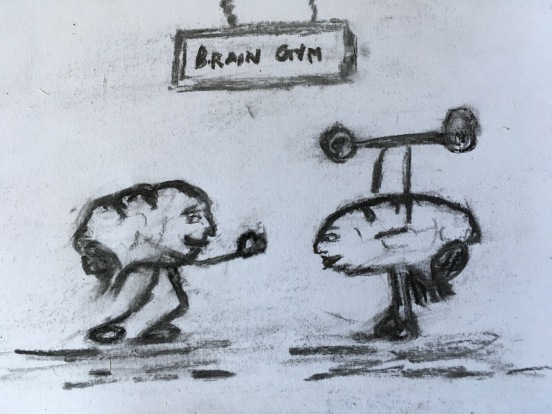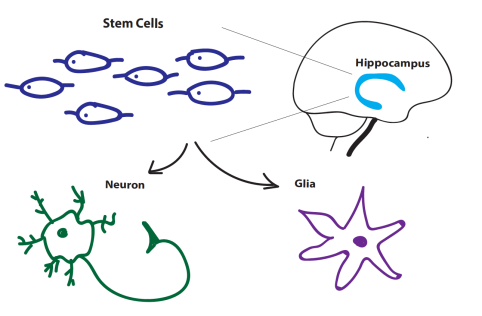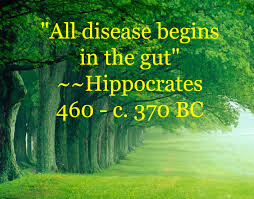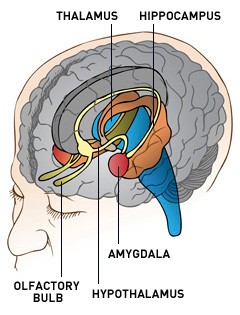Over the past month I tried a little experiment. Not one of those that I carry out in the laboratory, but a personal one: I have been diligently keeping a gratitude journal to improve my mental wellbeing.
A bit of background. The last two months of 2017 had been the toughest I have had in a long time. Tiredness and stress of the PhD together with a thesis setback, saw me slowly falling into a negative spiral of sadness, irritability, hopelessness and anxiety.
It was not fun for me and the people around me!
I went back to what I wrote on happiness in my previous blog posts, in particular the one on physical exercise to increase the “happiness hormones”, and the interview with Mr. Spencer-Matthews, with his advice to intentionally focus on the things in our life that do not work, but that we can fix.
However, I felt like I didn’t have enough energy, neither in my body nor in my head, to put those advices in action.
I would go down to the garage, where my partner and I have a little “gym”, and would give up the training after 10 minutes because of infuriating headaches.
I would try hard not to let my hurt subconscious take control of my thoughts and apply Mr. Spencer-Matthews’s strategy “accept-address-activate” for the inevitable life challenges, but my head was just too distressed to think clearly.
After excluding the possibility of hypothyroidism (whose symptoms are often mistaken for depression) and refusing to take the prescribed antidepressants because I am too scared of the side effects, I had to find another solution.
I thought, what can I – or anyone who is as drained as me now – do to feel better and climb up this negative spiral with the highest efficacy and minimal energy investment?
Some of my research on this topic led me to the crucial role of gratitude in happiness.
It has been shown that gratitude is one of the elements that strongly correlates with life satisfaction (together with love, zest, curiosity and hope) (Park N. et al., 2004). A study conducted on medical students, because of their high tendency to burnout and depression, reported that gratitude correlates with both subjective and psychological wellbeing representing an ultimate happiness strength (Hausler M. et al., 2017). Moreover, as part of transcendent strengths, that include hope and spirituality, gratitude can even be a predictor of life satisfaction (Shoshani A. and Slone M. 2013).
Prof. Wood, chair in Psychology at the University of Stirling, Scotland, has conducted extensive research on gratitude and in one of his reviews on the topic he presented some of the mechanisms by which gratitude correlates with wellbeing. Briefly, there is a coping hypothesis, according to which grateful people have better coping strategies and willingness to seek for help; another hypothesis focuses on positive effects, as gratefulness triggers more positive feelings which result in greater happiness; and finally, the broaden and build hypothesis, which states that people with gratitude tend to broaden their social activities and build resources that can eventually be used in times of adversity (Wood A. M. et al., 2010).
However, the studies presented above are relative to gratitude as a personality trait, and not as an asset acquired through practice. So, the question is: does the gratitude intervention (for example through meditation and/or journaling) actually increase happiness or is it just a placebo effect?
In a recent study, scientists demonstrated that the heart rate of subjects during the gratitude intervention was lower compared to the resentment intervention group (Kyeong S. et al., 2017). Considering that a high heart rate is an indication of stress and anxiety, this result suggested that gratitude has a positive effect. Moreover, and importantly, functional magnetic resonance imaging (fMRI), followed by functional connectivity analysis, revealed that the gratitude intervention modulated the emotion and motivation-related brain regions, which might be involved in the reduction of anxiety and enhancement of one’s performance, respectively.
Thus, convinced enough that the gratitude practice helps to improve emotional and mental wellbeing, I needed to try it myself not only to get its benefits but also to be able to write this piece with confidence.
I decided to practice gratitude through journaling. Every evening before going to bed I would write few things for which I was grateful. It was easy to start with the more general things, like “I am grateful to have a roof over my head, food in my fridge (and tummy), clean water etc…” or being grateful for a loving family, friends and partner.
As the days went by, I had to find more specific things to write in my journal: a message received from a relative back home, a coffee offered by a colleague, a tiny progress at work… This was forcing me to see a few good things in a day that I would otherwise label as bad. The things that I wrote, black on white, were the evidence that some good exists. Moreover, while being grateful, one cannot possibly be unhappy at the same time! As I was also recording my mood at the end of my gratitude practice, I noticed that I was making great progresses straight away. I went from crying every day for two months to just two times in one month!

- Photo by Aaron Burden on Unsplash.
However, the hardest thing of this practice, apart from creating the habit itself, is to be grateful even for the “negative things”, the life challenges. It takes faith to see them as an input to grow, a lesson to learn and just accept them among all that happens in life. Not everything can be good after all, right?
In conclusion, I can confirm that this gratitude practice did wonders to me and is now something I look forward to do at the end of the day. It lifted me up and helped me restore the energy that I can now use to exercise and be more in control of my thoughts and emotions.
As always, I am happy to share my experience and what I learnt from my little research and experiment, with the hope that those out there that are going through similar things might benefit from it.
Fore a little bit more on gratitude click here.
Please like and share this post if you found it interesting or useful.
Thank you!
References
Hausler M. at al., Distinguishing Relational Aspects of Character Strengths with Subjective and Psychological Well-being, Frontiers in Psychology, 8:1159. 2017.
Kyeong S. et al., Effects of gratitude meditation on neural network functional connectivity and brain-heart coupling, Scientific Reports, 7: 5058, 2017.
Park N. et al., Strengths of character and well-being, Journal of Social and Clinical Psychology: Vol. 23, No. 5, pp. 603-619, 2004.
Shoshani A. and Slone M., Middle School Transition from the Strengths Perspective: Young Adolescents’ Character Strengths, Subjective Well-Being, and School Adjustment. Journal of Happiness Studies, 14:1163–1181, 2013.
Wood A. M. et al., Gratitude and well-being: a review and theoretical integration, Clinical Psychology Review volume 30 issue 7 pages 890-905, 2010.

 In this post on happiness we have a special guest: Mr. Lindsay Spencer-Matthews.
In this post on happiness we have a special guest: Mr. Lindsay Spencer-Matthews.







 m the left, are: anger, disgust, joy, fear and sadness. The main message of the movie is that not only joy but also all the other emotions are crucial for the growth of the girl, pointing out the value of sadness too (if you have not seen the movie, I strongly suggest to do so, with napkins next to you maybe!).
m the left, are: anger, disgust, joy, fear and sadness. The main message of the movie is that not only joy but also all the other emotions are crucial for the growth of the girl, pointing out the value of sadness too (if you have not seen the movie, I strongly suggest to do so, with napkins next to you maybe!). The limbic system includes five very internal structures in the brain: the thalamus (it receives sensory signals and send them to other areas in the brain), amygdala (which in Latin means almond, for its shape, is involved in emotional memory), hippocampus (it operates with long term memories), hypothalamus (it has an homeostatic role regulating food-water uptake, sleep-wake cycle) and olfactory bulb (that processes olfactory stimuli). Image from
The limbic system includes five very internal structures in the brain: the thalamus (it receives sensory signals and send them to other areas in the brain), amygdala (which in Latin means almond, for its shape, is involved in emotional memory), hippocampus (it operates with long term memories), hypothalamus (it has an homeostatic role regulating food-water uptake, sleep-wake cycle) and olfactory bulb (that processes olfactory stimuli). Image from